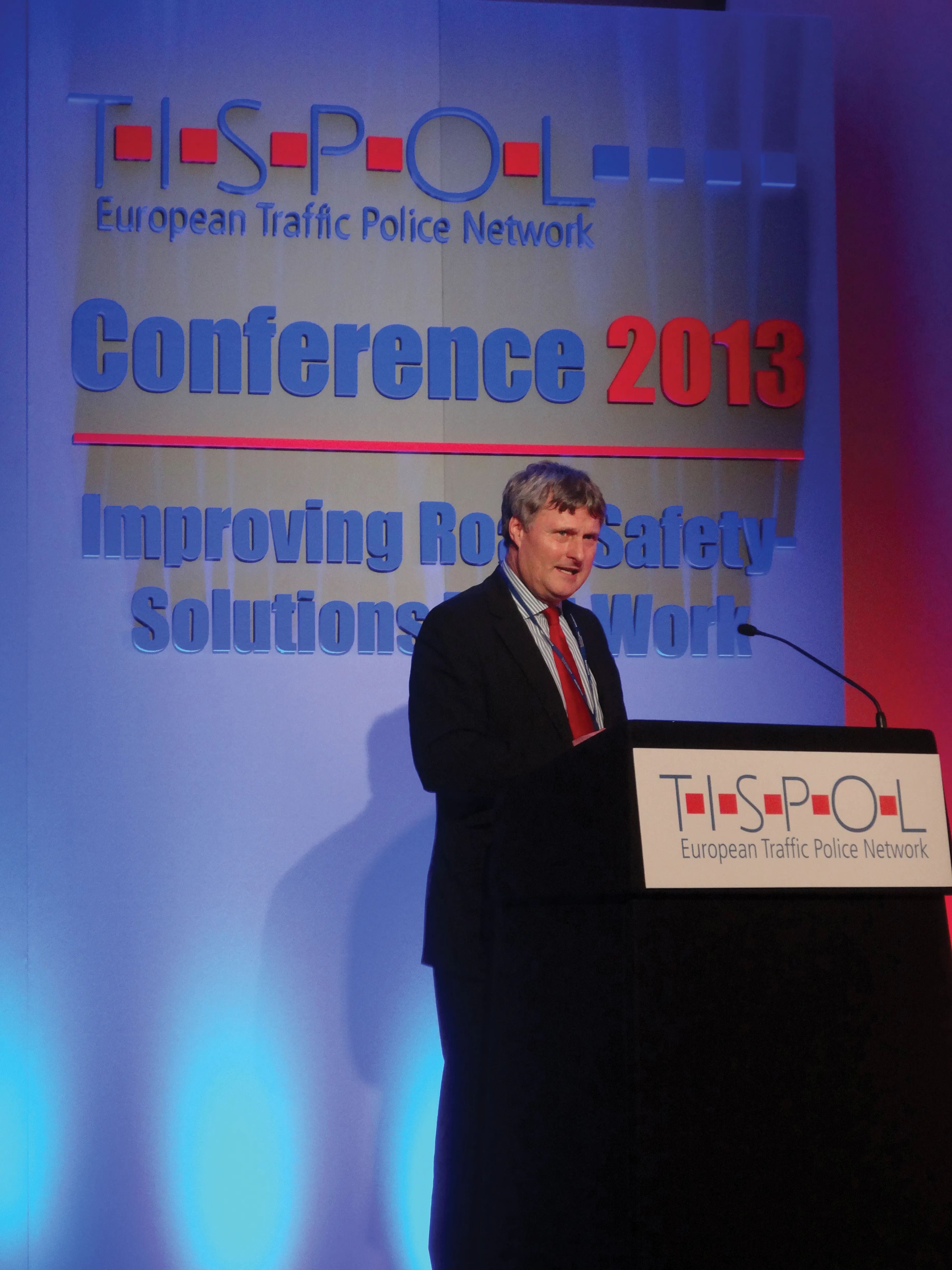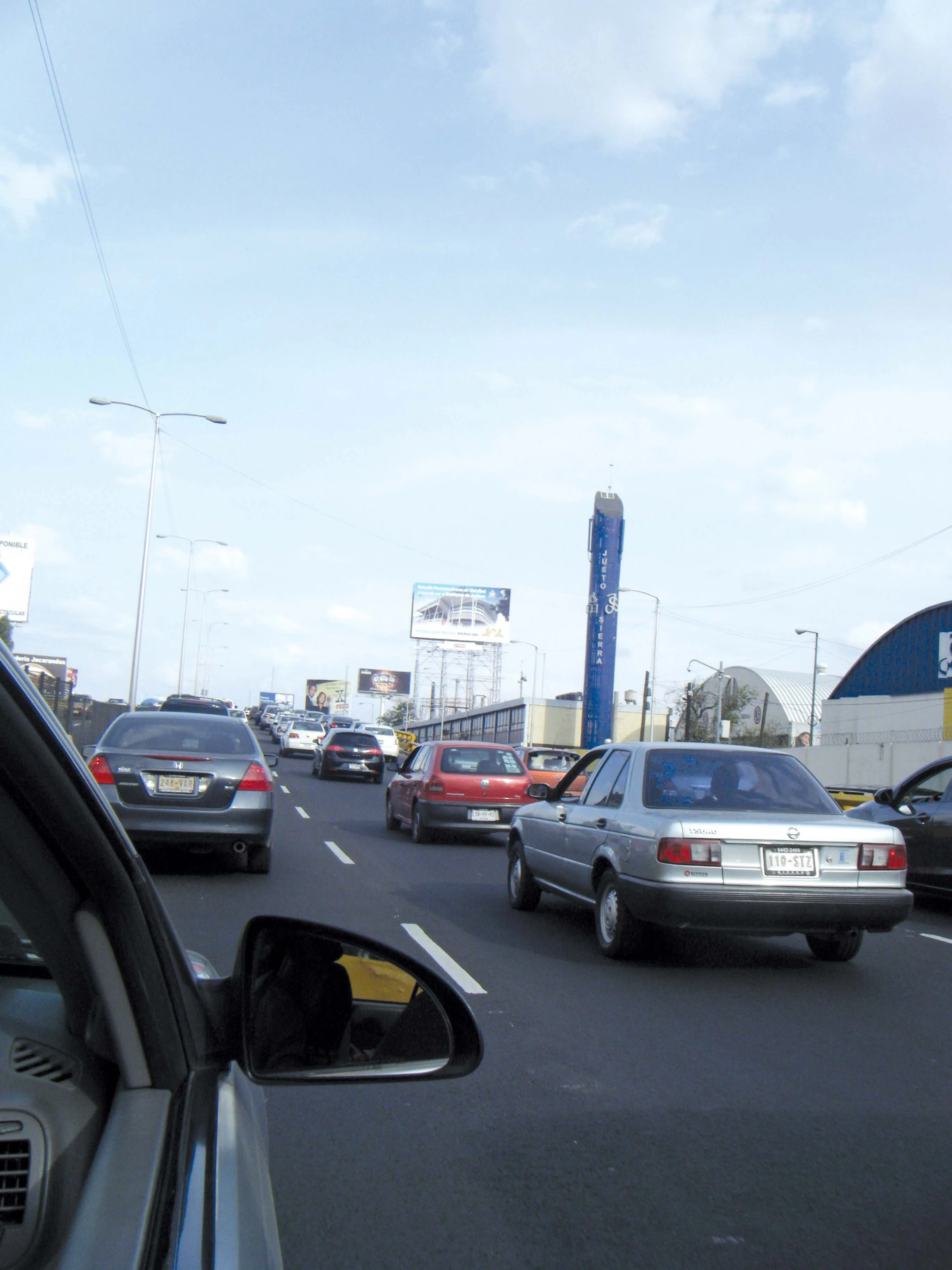The Portuguese experience with road safety has proved that planning, development, introduction, and hard work do pay off in the end. Paulo Marques Augusto, president of the National Road Safety Authority (ANSR), explained that in the last 10 years a decrease of over 50% has been achieved in the number of fatalities on the road network despite a continuing growth in traffic demand (there are five million vehicles in Portugal), and a similar reduction in travel time on most of the connections between Lisbon a
April 12, 2012
Read time: 6 mins

The Portuguese experience with road safety has proved that planning, development, introduction, and hard work do pay off in the end.
Paulo Marques Augusto, president of the National Road Safety Authority (Paulo Marques Augusto said: "Our previous experience shows us that the promotion of actions with regard to the improvement of road safety levels has to apply on the three pillars: the vehicle, the infrastructure and the human being.
"Our first National Road Safety Plan aimed at achieving the EU White Paper goal of reducing fatalities by 50% by 2010. We reached this in 2005-6 with a 51% decrease followed by a 59% reduction in serious injuries in 2007, and we then needed a new plan to further reduce accidents. This was set up during the period of the first plan." Indeed, to mark its success, last year the
The Minister said: "The Portuguese government is proud of this PIN Award result, yet it did not come about by chance. It is the outcome of a serious and coordinated effort between several players, united by the same goal: to save lives on Portuguese roads. This positive result only provides a stronger incentive to the Portuguese government to work harder." The Trans-European Road Network in Portugal is 2,800km long (17% of the national road network and about 95% of the main IP network), and statistics show that during the 25 years up to 2000, Portugal was always the country with highest road causalities in the [original] 15
However, the trend changed by 2000 the figure had decreased to 60% above the average; in 2005 the difference was reduced to 30%, and in 2006 Portugal was only 6% above the EU 25 average figures concerning road fatalities per million inhabitants.
Although traffic increased 4 times between 1985 and 2005, during the same period the number of fatalities was reduced by 50%.
"Therefore, our experience shows that it is possible to increase traffic and at the same time reduce road fatalities," said Paulo Marques Augusto. So what has changed in the last decades in Portugal? The road network has had a major impact with huge improvements since 1995, especially due to the new roads that were built, and the introduction of new layouts has resulted in safer and more comfortable roads.
Urban areas have also required the attention of the municipalities and the appliance of traffic calming measures was, and still is, necessary to reduce speed and to keep pedestrians safe.
Vehicles have also improved, and it is believed that people have also changed their behaviour in traffic for the better.
"In the last decade, the implementation of the NRP has been a huge help. On the national road network some 3,600km of new roads have been built, representing 60% of the total extension of main roads (IP+IC) according to the NRP 2000. The impact of the new motorways on safety is very important. In 2005, the total traffic demand on National Road Network was 50,000x106, 45% of which travelled by the motorway network." With construction of the new roads, traffic has dropped on old roads with drivers preferring the new routes which offer better conditions with regards to safety, comfort, travelling time and better facilities.
In the 12 years to 2008, the length of the motorway network expanded from 970km to 2,700km (1,250km have been built in the last six years), and at the same time, improvements have been made to the existing road signing and marks, pavements, and drainage, and special attention has been paid to managing high-risk road sections or black spots.
Between 1998 and 2008, the number of black spots reduced by about 84%, and this resulted in a reduction of 89% of fatalities in black spots.
Traffic calming has also been introduced in urban areas and road safety audits and road safety inspections have been introduced.
The forgiving roadside concept has been promoted; more awareness of safety in roadwork zones, and intelligent traffic systems have been installed while measures regarding vehicles have also contributed to the results achieved. For example, new regulations introduced more rigorous periodical technical inspections on cars, extraordinary inspections, post-accident inspections and inspections on the road, with more severe penalties for the absence of mandatory inspections.
Seat belts on heavy weight vehicles have been made compulsory, and tax incentives for the retirement of old vehicles have also come into force New traffic rules, including on-the-spot fines, and tougher penalties for speeding (different rules being applied in rural and urban areas) have also helped, with traffic law enforcement carried out by Portugal's two police corps: the Public Security Police (PSP) in urban areas and the National Republican Guard (GNR) in rural areas, motorways and on roads outside urban areas.
Enforcement has been particularly aggressive on speeding, drinking and driving, the use of seat belts, on child restraint systems and on other types of offences.
New driving licences are provisional for three years instead of only two years and the period before 'cleaning the slate' has increased from three to five years Constant awareness campaigns on television, on radio and in the media have been introduced, and road safety leaflets are delivered in primary and secondary schools.
Improvements in assistance to road accident victims are linked to improving the time between the accident and the arrival of paramedics, and to a better health care system involving hospitals and health centres.
Social pressure on drivers and on the government and public entities is rising due to new associations and to the media. Both demand constant improvements in road safety rates.
All these are part of the National Plan for Road Accident Prevention (2000-2009), which more than achieved its targeted reduction in the number of fatalities and severe injuries.
"The challenge is now to maintain the decreasing trend of the fatalities figures. For that purpose we are now in the process of implementing a new National Road Safety Strategy for the years 2007-2015," said Paulo Marques Augusto.







